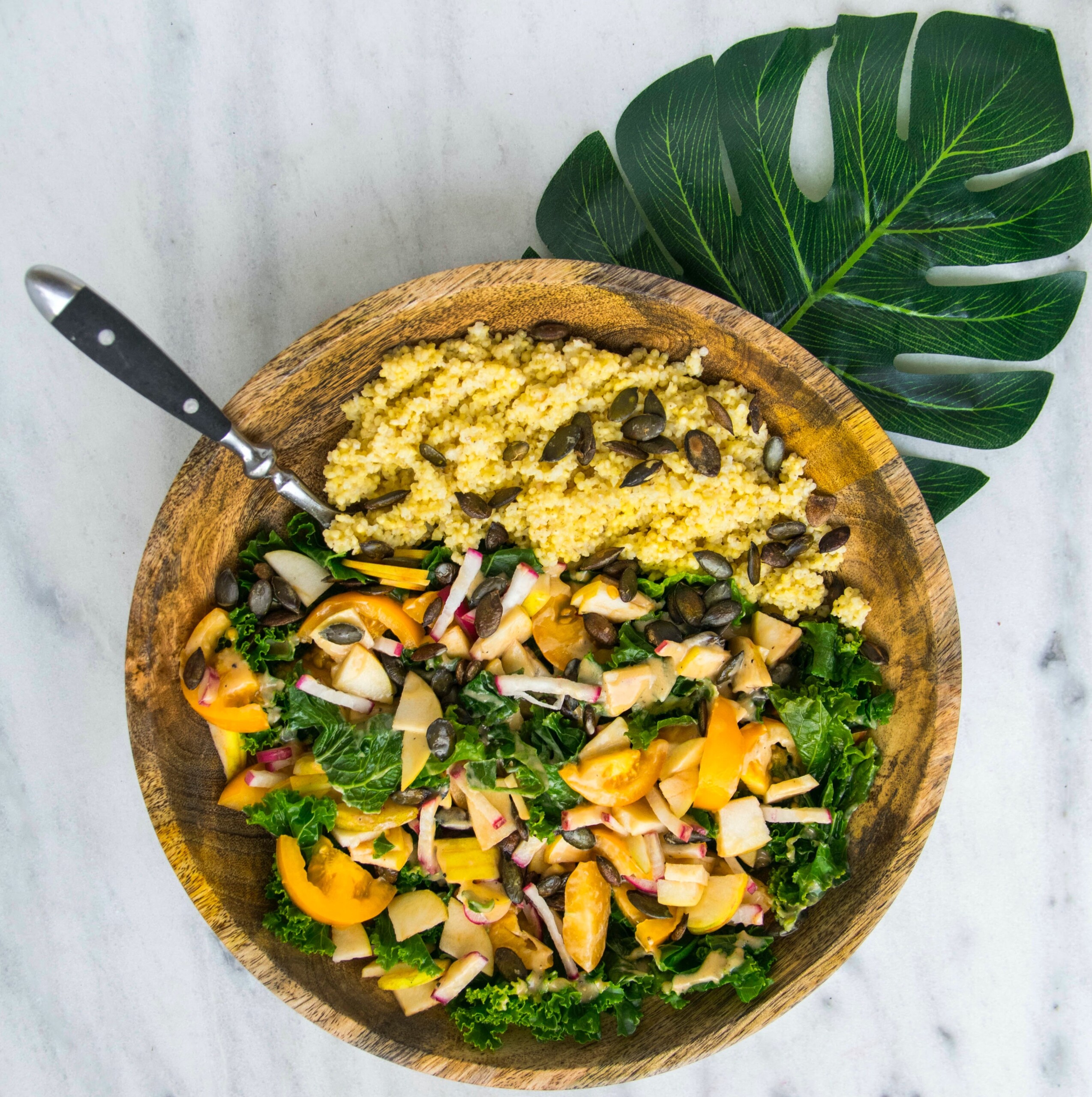If you have kept up with the world’s movement when it comes to veganism and plant-based diets, you will know that meat-free meals have become an addition to many individual’s lives to reduce their meat consumption and alleviate the impact animal farming has had on the world.
Whilst veganism doesn’t always suit everyone’s lifestyles and frankly, many don’t want to give up meat, incorporating meat-free meals into your life is a great start. Yep, I have been vegan in the past but unfortunately, my body’s reaction to the diet gave me a big sign that veganism wasn’t for me (and as a Nutritionist, I certainly did all the ‘right’ things to do my best to make it work). So, as a former vegan and nutritionist what I strive for is is
‘plant-based’ meals (which yes, do incorporate meat, fish and poultry, but for this blog post we’ll explore meat-free options).
When making the switch to a plant-based, my first and most important tip is to do your research! Start with academic resources that you can trust and are written by professionals (nutritionists/dieticians/researchers). Find out exactly what it means to follow a plant-based diet and how you can make it work for YOU. Hint: Plant-based means incorporating an abundance of fruits, vegetables, legumes, whole grains and nuts into your diet as your main source of energy (gut and heart loving foods) & cutting out the processed nasties (in moderation).
So, you want to try some plant-based meals but don’t know where to start?
When forming your plant-based meals you want to ensure they are, what we call, ‘nutritionally balanced’. That is a source of carbs (+ fibre), protein and healthy fats in each meal which will keep you satisfied and full until your next meal. When we switch to plant-based diets, we often find the incorporation of fruit, vegetables and grains (carbohydrates) the easy part but forget about the protein (legumes/tofu/tempeh/high-protein veggie patties) and healthy source of fat (nuts/seed/avocado/extra-virgin olive oil).
For your main meals, you’ll want to start with 50% of the plate being made up of non-starchy vegetables, 25% protein and 25% wholegrains + a 1-2 tablespoon serving of a healthy source of fat.
When it comes to snacks opt for your fresh fruit and a handful of unsalted nuts, plant-based smoothies, homemade protein balls or rice cakes with natural nut butter.
Now that we have a pretty good understanding of what makes up a meat-free meal, start searching for meal inspiration and recipes. The internet has a plethora of plant-based blogs and e-books that can be your source of inspiration for recipes. A few of my favourites include Elsa’s Wholesome Life, The Minimalist Baker & Maddie Lymburner.
Disclaimer: Always consult a professional when adopting a new eating pattern to ensure it is right for you. This is a very basic introduction to plant-based eating.



